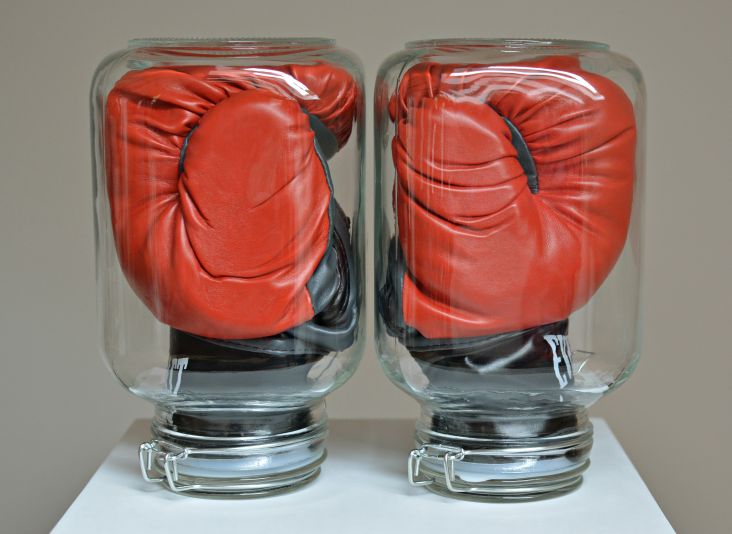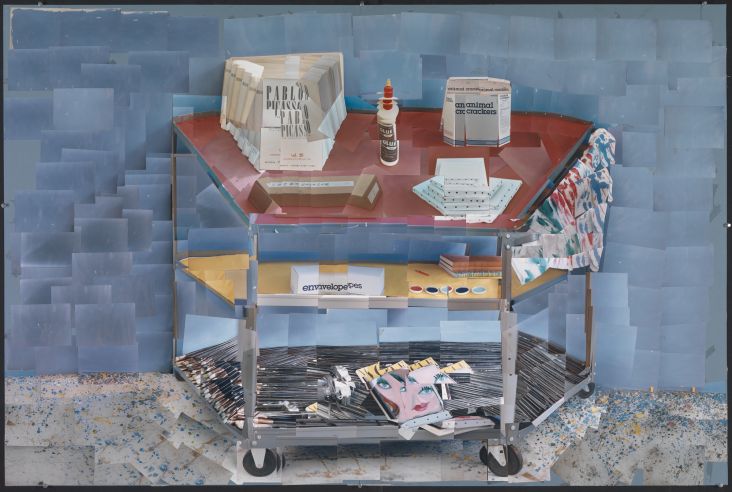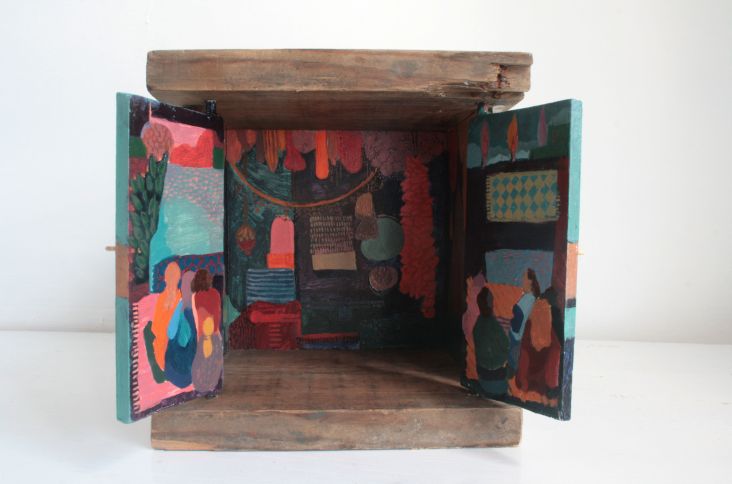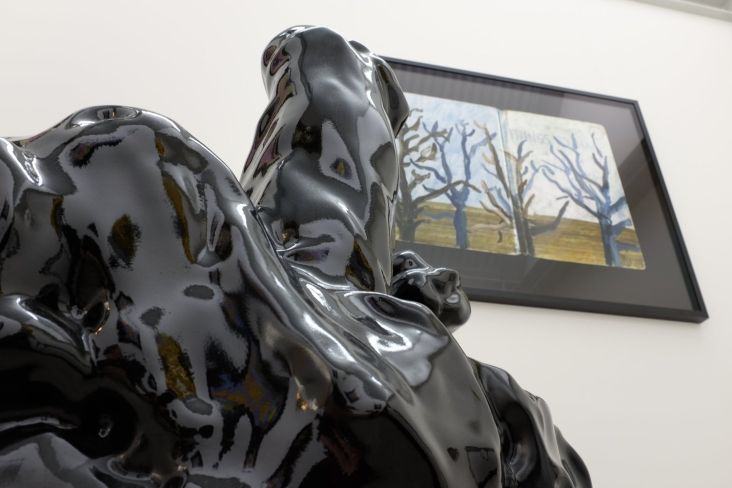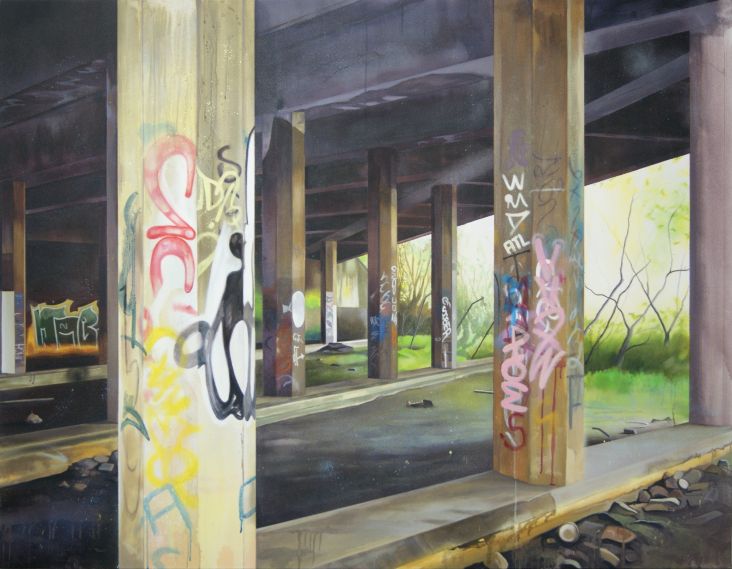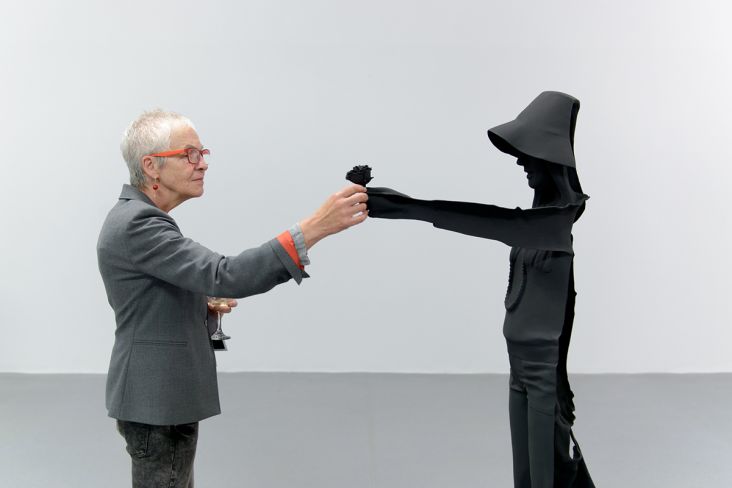A creative's guide to London: Where to eat, sleep and play
More and more tourists are visiting the British capital every year, with a record-breaking 14 million coming in the first nine months of 2016. And that's not greatly surprising. Because there’s an awful lot to like about this diverse, dynamic, thriving and ever-changing city.
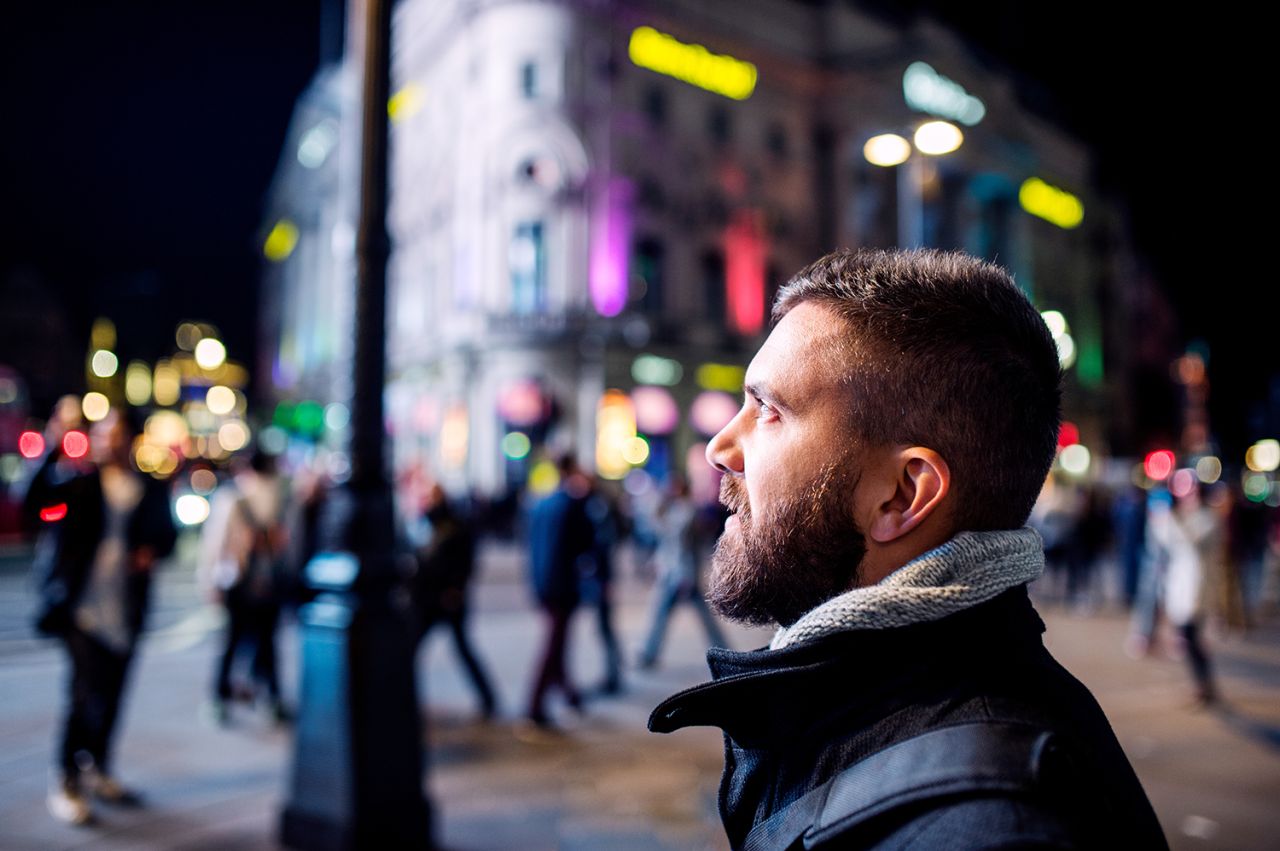
Image licensed via Adobe Stock
Centuries of rich and vibrant history surround you wherever you go, with beautiful, iconic and often imposing buildings appearing around every corner. And whatever ignites your passion and creativity, you’ll find it inside one or more of those buildings. Whether you’re interested in experimental art, cutting-edge cuisine, vintage books or the latest tech, London has it all.
In 1777, Samuel Johnson wrote: "When a man is tired of London, he is tired of life; for there is in London all that life can afford." And those words are truer today than they’ve ever been.
London may not seem, on the first encounter, to be the world’s friendliest place. It’s essentially a working city where most people keep their heads down and quietly go about their business. But don’t mistake that traditional British reserve for unfriendliness. In fact, there are huge wellsprings of warmth and wit to be found once you get to know the people here (which London pub culture, in particular, makes very easy).
To the first-time visitor, the city’s size and complexity can often be overwhelming, too. So, as I work at Shillington in London, I’ll try to give you a glimpse of what it has to offer, and how you might make the best of your time during a short break here.
(In the meantime, if you fancy a longer stay, how about learning graphic design in London?)
The creative scene
Home of the Industrial Revolution, Britain is in many ways the birthplace of capitalism, and as a result, London’s advertising industry is one of the oldest and most established in the world. Here you’ll find most of the big names in advertising, including the likes of Bartle Bogle Hegarty, Crawford's Advertising Agency, DDB Worldwide, FCB, J. Walter Thompson, Mullen Lowe Group, Ogilvy & Mather and WPP. They’re complemented by some the world’s most influential branding and design studios, such as Interbrand, Fitch, GBH, Johnson Banks, Lambie-Nairn, Landor, Leo Burnett, Pentagram, Wolff Olins... and literally hundreds more.
In recent decades, London has also become an important worldwide hub for VFX and animation, a process which began with the Harry Potter films and has ended with most of the biggest CG companies, including ILM, Double Negative, MPC and The Mill, along with countless smaller, niche and boutique facilities such as Andy Serkis’ Imaginarium Studios.
Plus, while London is no Silicon Valley, its startup scene is also growing in size and importance daily, with, at the last count, 4,000 startups and 251,590 digital jobs. Once limited to Shoreditch and its so-called ‘Silicon Roundabout’, the scene is now spreading across the capital to areas like King’s Cross, Euston, Camden, Kentish Town, Olympic Village and Canary Wharf. London-bred startups with billion dollar valuations include ASOS, Just Eat, Zoopla, Shazam and TransferWise.
In short, it’s no exaggeration to say that whatever area of creativity you want to work in, you’ll find a multitude of potential employers and freelance clients in London. And in case your knowledge of British culture comes from TV dramas like Downton Abbey, relax. In 2017, in this most internationalist of cities, the snobbery of the past is long gone. It no longer matters what background you come from: as long as you are talented, committed, and above all, hard working, you have every opportunity of succeeding here.
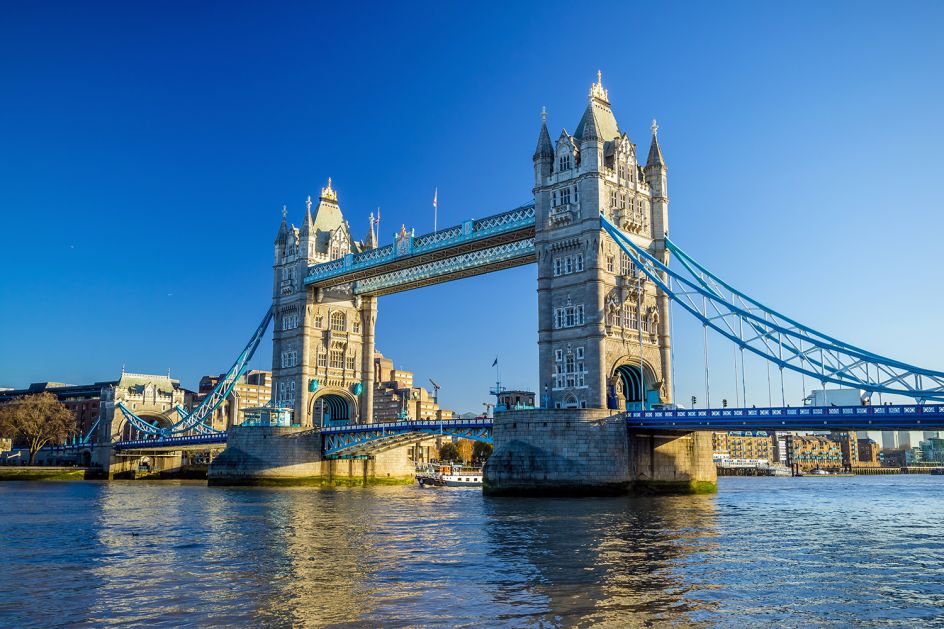
Tower Bridge in London, UK | Image licensed via Adobe Stock
Workspaces
Need to do some work while in London? You’re not alone. Join the thousands of London-based freelancers, along with those just passing through, in one of the hundreds of cool co-working spaces dotted around the city.
One of our favourites is WeWork, a US company with 17 offices spread across the major tech hubs of London. Serving everyone from hungry startups to business veterans, it offers fresh coffee, a dedicated front desk service, stylish meeting rooms, and perks like month-to-month flexibility, personalised help and support. Plans start at £200/month, or visitors can book a single day for $45.
If you’re looking for something a little more laid back and hipper, check out Hackney Cogs, based in London Fields. Converted from an old industrial warehouse and run by a creative agency of the same name, you can get a desk here starting at £175 a month, including fibre optic Wi-Fi, 24-hour access and a Sony PlayStation & Sonos Music System Use, although there’s no single-day option.
There is, however, at The Beehive, a cosy, collaborative, coworking space in nearby Stoke Newington. The space is a beautifully refurbished Victorian warehouse with high ceilings, lots of natural light and a spacious open plan work area (not to mention yoga sessions for £10 on Tuesday evenings). With free tea and coffee, super-fast internet, printing facilities and 24-hour access, desks here start at just £20 per day, or £220 per month.
But if you think that’s cheap then how about free? Aimed at digital entrepreneurs, Google’s Campus Cafe in Shoreditch offers free Wi-Fi, as well as a variety of programs including a startup school, mentoring and meet-ups. You just have to sign up as a member and come in. And although you’ll have to pay for your coffee, you’re likely to get more ambient inspiration here than Starbucks.
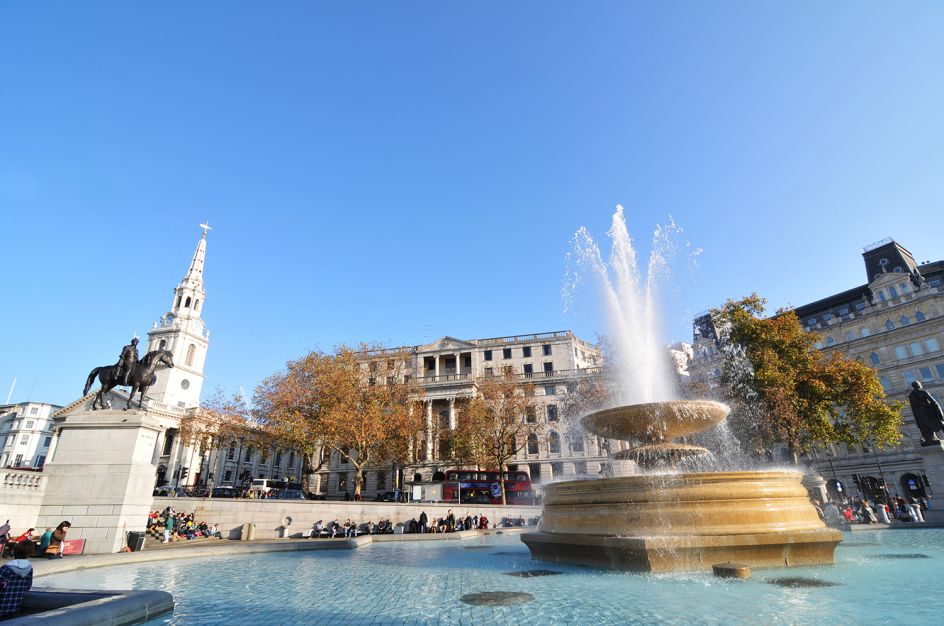
National Gallery at Trafalgar Square, London – Image licensed via Adobe Stock
Drinking dens
London’s pub culture is one of its greatest charms, although it’s not always for the faint of heart. Expect some lively scenes, although most are good natured. That said, pubs here are increasingly shifting towards high-quality food, which means many are becoming more like family restaurants.
If you’re going somewhere unfamiliar, the best thing to do is just stick your head around the door. It should only take a few seconds to assess whether it's the kind of venue you’ll be comfortable in. If you’re not, then don’t worry: this is England, and there’ll be another pub on the next corner to try.
Most British pubs are quite old-school – and most Brits like them that way. But if you’re looking for something a little different, London has plenty of quirky and unusual pubs to try. There are theme bars like the Candlelight Club, a pop-up cocktail party in a secret location evoking the Prohibition era; Cirque, a circus-themed bar on Old Street replete with Rubix Cube stools, zebra taxidermy and airplane models; and Tropicana Beach Club in Covent Garden, a dazzling kaleidoscope of cabanas, colourful flowers and bird decorations, as well as a lagoon pool-style dance floor.
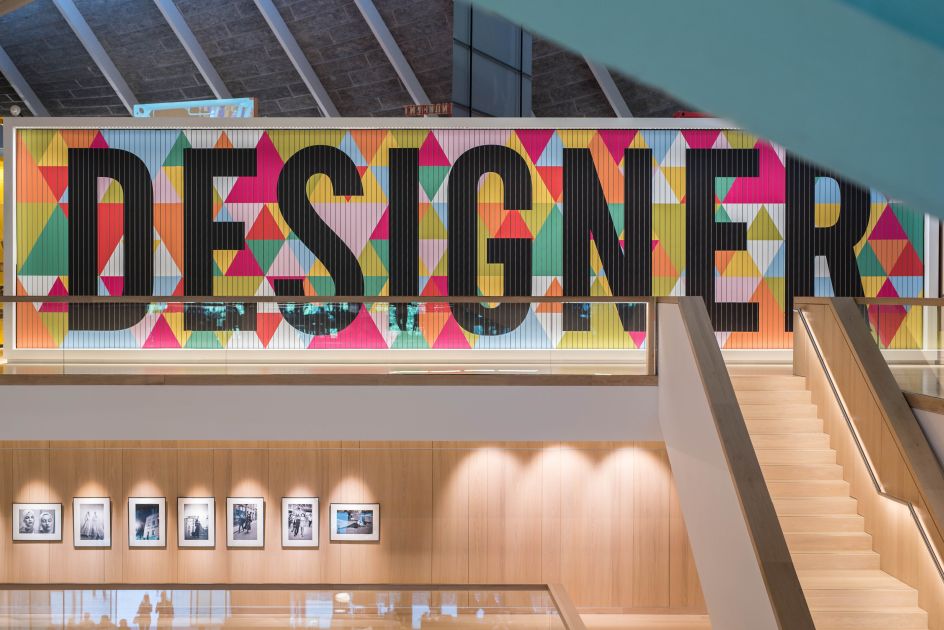
Design Museum, London – Image licensed via Adobe Stock
Want to play games while you sink pints? The US-themed Four Quarters in Peckham boasts an array of retro consoles and arcade machines, along with craft ales, American bites and a secret speakeasy bar downstairs. Flight Club Shoreditch, meanwhile, is dedicated to darts, while you’ll also find board games at many London pubs, including the quirkily kitsch Bobby Fitzpatrick, a 70s-themed bar and pizzeria in West Hampstead.
Serious about your booze? London has plenty of drinking establishments that will introduce you to new flavours and taste sensations, such as The Four Thieves in SW11. An eccentric pub based in a former music hall, it offers more than 70 types of gin, as well as craft beers from an on-site microbrewery. Alternatively, you could try the speciality punch bowl cocktails at the Punch Room, an intimate, 19th-century style hotel bar in Fitzrovia. Or why not sample the Borsh Mary cocktail created using the owner’s homemade hot sauce at Megaro Bar, a super-stylish underground lounge bar in King’s Cross?
Not into themes and splendour? Just want a good old fashioned "old man's pub"? The Pride of Spitalfields off Brick Lane in Shoreditch is the boozer for you. It even has its own resident cat. Purrrfect.
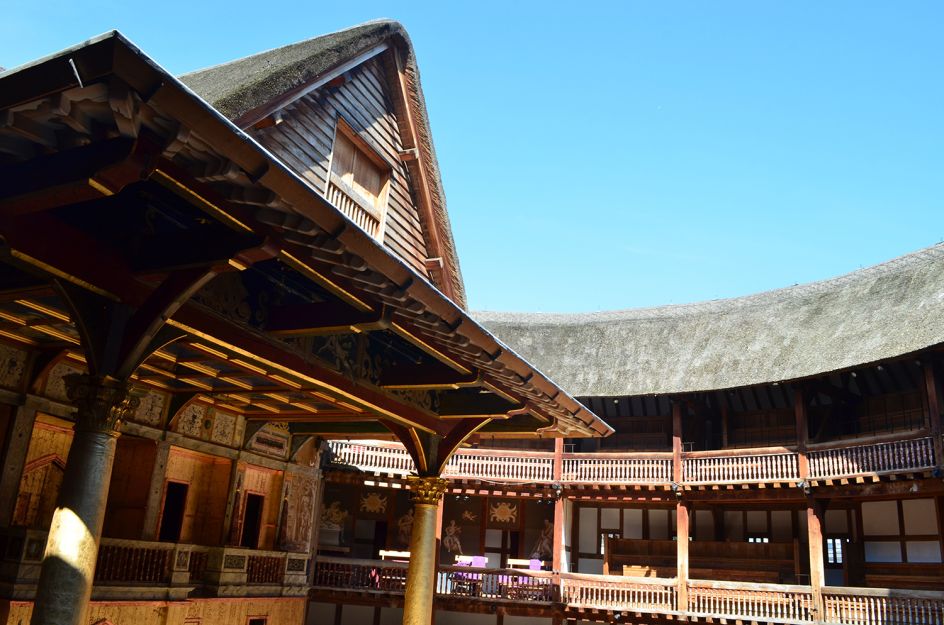
Shakespeare's Globe, London – Image licensed via Adobe Stock
Where to eat
Once upon a time, British food was a synonym for bad food. But that notion is now decades out of date, as the global success of UK chefs like Marco Pierre White, Gordon Ramsey and Jamie Oliver has attested.
Nowadays London is home to some of the world’s best restaurants. But it’s not just about fine dining and eye-watering prices. There’s been a true trickle-down effect that means even the average London pub now serves up good quality, affordable fare. And if you’re on the adventurous side, there are also plenty of fun and unusual venues to try too.
There are places with quirky interiors, like Attendant, a Victorian public toilet reinvented as a hipster cafe in Fitzrovia; La Bodega Negra in Soho, a Mexican restaurant themed as a neon sex shop; or Dans Le Noir, where you sit in the pitch dark and are served by blind waiters, to heighten the taste and smell of your food.
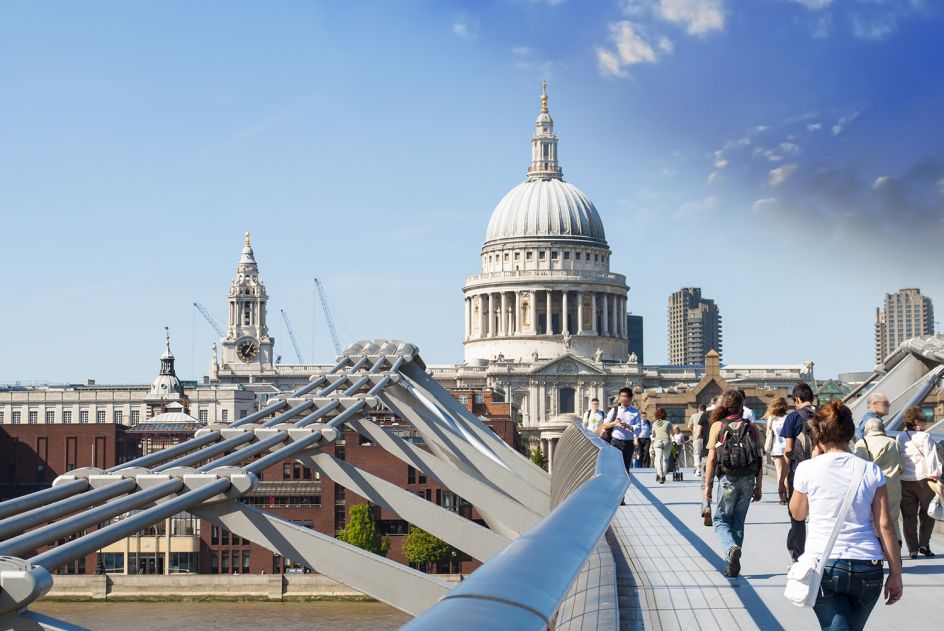
St Paul's Cathedral – Image licensed via Adobe Stock
Meanwhile, other restaurants focus their experimentalism on the food itself. So there’s Bubblewrap in Soho, which specialises in Hong Kong style egg waffles filled with delicious fillings like ice cream, fruit or chocolate; The Cheese Bar in Camden Market, which offers speciality toasties, fondue, poutine and 30 amazing kinds of cheese to try out; and HipChips Soho, which focuses on what Americans call chips and the British call crisps, made from a heritage variety of British potatoes and served alongside a menu of premium sweet and savoury dips.
But what if you find the whole concept of eating out a bit bourgeois and self-involved? London also boasts eateries that take a more ethical and socially aware attitude to dining. There’s Save the Date in Dalston, “East London’s ethical eatery”, which fashions incredible meals from (perfectly safe) food that was bound for landfill; Ziferblat, a cafe based on Russian community values where you pay for the time you spend there, not how much you eat (8p a minute, capped at four hours); and Jamie Oliver’s 15, a cocktail and neighbourhood restaurant between Hoxton and Old Street which trains disadvantaged youngsters to work as chefs.
Things to do
Iconic buildings, royal palaces, art galleries, museums, river cruises… the average visitor to London is not short of things to do. But if you only have limited time in the British capital, here are some of our must-sees.
The Tate Modern is one of those rare art galleries where the building is as much a work of art as anything inside it. This national centre for modern art is housed in a converted power station. Inside, everything is centred around the original turbine hall, a vast, awe-inspiring space that prepares you perfectly for the incredible art on show by artists like Matisse, Rothko, Bacon, Twombly and Beuys. It’s free to enter, although some temporary exhibitions require tickets. Even if you’ve been to the Tate Modern before, you should still check it out in 2017 to experience the bold and impressive new ‘Switch House’ extension.
What about the new Design Museum, now based in Kensington? Designed by John Pawson, the iconic London attraction is set to be "the world's leading institution dedicated to contemporary design and architecture", and is free to everyone. Visit it simply to sit and admire the stunning interior.
If you want to balance all that hip modernity with some classic art, then head to the north side of Trafalgar Square. Here stands the grand National Gallery, which houses around 2,000 masterpieces covering virtually the entire history of European art. From Van Gogh’s ‘Sunflowers’ to Cézanne’s ‘Bathers’, you’ll see more famous paintings during a quick stroll than you ever thought you knew.
While this city’s galleries and museums have made it their business to gather together (some might say ‘pilfer’) the best of the world art and antiquities, the relationship runs both ways, and there is much that London has given back to the world. Perhaps its greatest cultural export is the plays of Shakespeare, first performed in London, and Shakespeare’s Globe continues the tradition. In this authentic recreation of the original theatre, you can experience the Bard’s work as it was performed during Elizabethan times, in a circular, open-air setting.
Of course, most of the historic buildings in London are not recreations but originals. One the most iconic and beautiful of these is St Paul’s Cathedral, built by Christopher Wren following the Great Fire of London in 1666. It’s as beautiful inside as out, with some incredible design features such as the geometric staircase, which resembles a snail shell, and it’s well worth taking a guided tour.
Finally, you haven’t fully experienced London until you’ve seen it from above. There are many ways of doing this, including a ride on the London Eye or a visit to the Shard. But we’d recommend the Emirates Airline Cable Car, which opened in 2012, year of the London Olympics. The 1.1km route provides stunning views of the City, Canary Wharf, the Thames Barrier and the Olympic Park, and if you’re in London during the summer, we’d highly recommend taking a ‘night flight’.





 by Tüpokompanii](https://www.creativeboom.com/upload/articles/58/58684538770fb5b428dc1882f7a732f153500153_732.jpg)


 using <a href="https://www.ohnotype.co/fonts/obviously" target="_blank">Obviously</a> by Oh No Type Co., Art Director, Brand & Creative—Spotify](https://www.creativeboom.com/upload/articles/6e/6ed31eddc26fa563f213fc76d6993dab9231ffe4_732.jpg)








